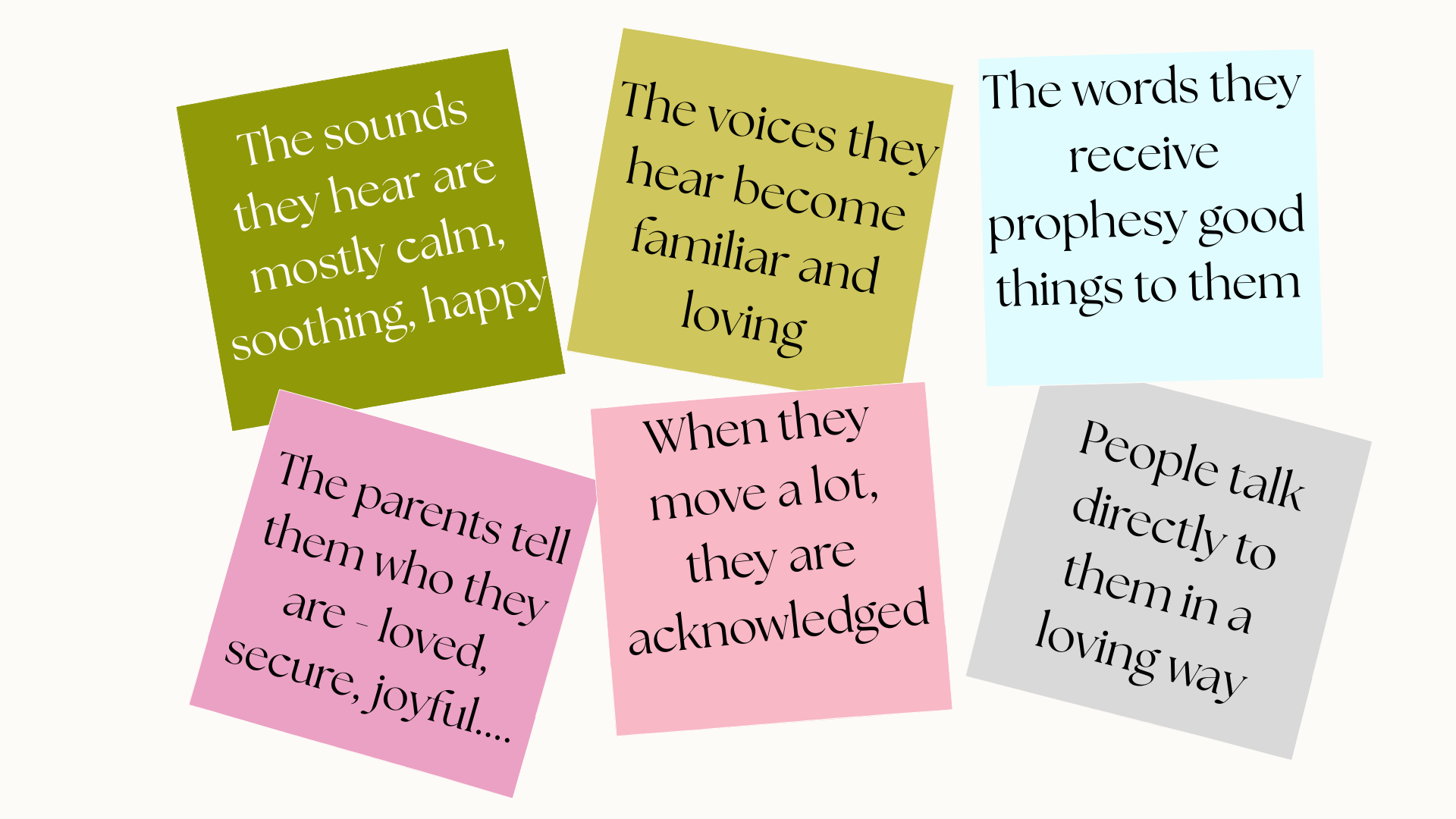
Creating Magical
Childhoods
The mini course for parents, grandparents, carers
Childhood - a one time only experience
Whether your childhood was magical and filled with imagination or whether it was something you just had to survive - we can all learn from our own experiences. Being intentional about the kind of childhood you want your kids to have is a hugely significant element of the adults they will become so it’s worth designing it to be wonderful.
In this mini course you’ll get some wild, wonderful and certainly magical suggestions on just how to create moments, fun and traditions for you to create wonderous childhoods for your children.
The 3 Chapters
The Safety Element
The Fun Element
The Tradition Element
Chapter 1 - The Safety Element
In order for kids to have wonderous childhoods, they must feel safe inside the family unit - emotionally and physically. For the first 7 years of a child’s life they are creating their core beliefs about themselves and the world around them, so intentionally creating a safe environment gives them a huge advantage for the rest of their lives. Ad hoc, random or intermittent safety is a huge detriment to a child’s ability to use their imaginations so safety has to be consistent. Here’s how to make your child feel safe and secure in their early years.
The top 6 things that help children feel emotionally and physically safe in a family
Chapter 2 - The Fun Element
Use these ideas as is or as idea sparkers. Consider adding fun randomly or whether you want to schedule a ‘fun’ slot into your routine. Kids love both - they love the spontaneous fun and they also love looking forward to something they absolutely love.
You can also use it as an incentive boost - eg “put the toys away and we can do a fun activity”. Not all these ideas involve you in a hands on way as kids do need to learn to play independently and with others their age range too.
There are amazing benefits of creating fun in childhood. Here’s just some of them.
Builds stronger self-regulation into adulthood. This creates a foundation for confidence, persistence, and healthy risk-taking.
Better self-control, memory and emotional regulation.
Improves ability to broaden attention and coping strategies leading to resilience and self-belief.
Strengthens parent-child bonds and is even associated with better socio-emotional outcomes for kids.
Helps wire brain circuits for social confidence and self-expression.
Supports better mental health, physical abilities, and social development.
Improves ability to read social cues, negotiating rules, and recovering from upsets.
Fosters agency and mastery and confidence.
Builds a positive emotional climate kids absorb and think of a normal - a positive normal.
Builds positive memories children draw on during stress to protect their self-worth.
Provides a safe lab for trial-and-error, making mistakes without shame, nurturing grit and self-compassion.
Can teach conflict resolution—key “confidence in relationships” muscles.
Meets psychological needs for autonomy and competence.
Helps kids calibrate fear, experience mastery, and encode “I can do hard things.”
Improves self-regulation and reduce anxiety.
Chapter 3 - The Tradition Element
Traditions that kids love will stay with them for a lifetime, deeply embedding into the emotional memory for all the right reasons. The thing with traditions is that they need to be done consistently over a long period of time but they can change over time as kids age. While it may take effort and energy, the payoff is far, far worth it.
The amazing benefits of creating family traditions
Predictable traditions signal safety and consistency, lowering cortisol and helping children self-regulate.
Rituals give rhythm to family life, building a sense of “home base” — essential for secure attachment.
Regular shared celebrations reduce anxiety by offering structure, belonging, and positive anticipation.
They teach empathy and appreciation.
They raise family cohesion and lower loneliness in adolescence.
Traditions communicate “You belong; you matter,” fostering intrinsic self-worth.
They can strengthen identity and continuity.
They promote higher resilience and pride.
They affirm each child’s uniqueness.
Kids who know their family stories show greater self-confidence and lower anxiety.
Participation in traditions teaches social responsibility — “I help make our family run.”
Even small traditions (packing for picnics, lighting candles) help children practice mastery within safe structure.
Traditions amplify joy by attaching playfulness to meaning — laughter during shared rituals deepens bonding.
Anticipation of fun traditions (movie night, Christmas baking) releases dopamine, strengthening emotional resilience.
Joyful repetition (same songs, meals, decorations) embeds positive emotional memories that buffer stress later.
Families that regularly create positive rituals report lower rates of conflict and higher long-term happiness.
Traditions model gratitude, generosity, and reflection — moral scaffolds children internalize.
Faith-based or value-based traditions (prayers, volunteering, giving) instill purpose and compassion.
Teenagers from ritual-rich families report higher academic motivation and fewer behavioral issues.
Adults raised with warm traditions have stronger social skills, emotional intelligence, and lower depression rates.



